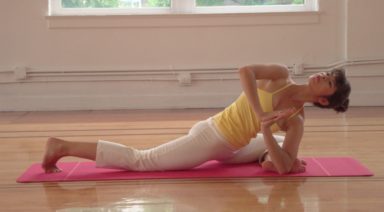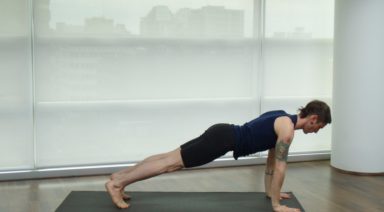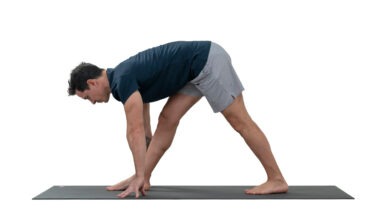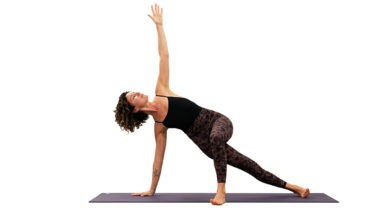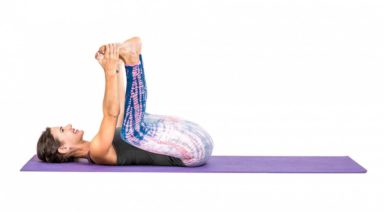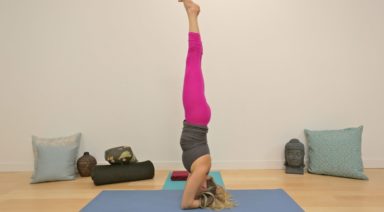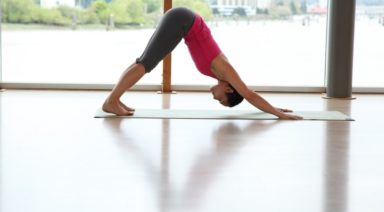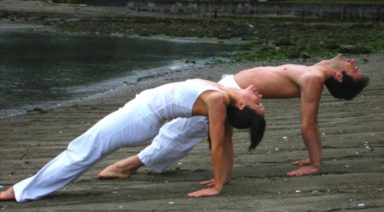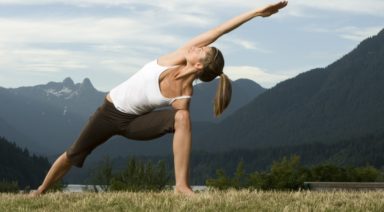7 Ways to Embody Truth in Your Yoga Practice

The problem with our same old yoga practice is that the same old person keeps showing up to do it. One of the key aspects of enhancing life has to do with shifting who we think we are, to who we really are, our true self and full potential. Our normal view of who we are is limiting, and based on past, unresolved traumatic experiences, and a whole set of limiting beliefs. If this is who shows up for yoga, you are not going to be getting powerful new results.
So in order to get different results, someone different needs to show up. How about showing up connected to your soul!
Yoga, the union of mind and body, requires a particular attitude to work at its best. When we connect with the place of resistance in the body, and open our being to sense and feel the connection with that place, we find that the edge of resistance usually moves and we are able to enter a new place. We get a new perspective and a new sense of self.
What is actually happening is that a whole bunch of neurology, which is limiting you, now has an opportunity to rewire into something more free, for your mind and your body. You feel great! The more we do this the more flexible we become, and not just on the yoga mat…in our lives.
In order to maximize these shifts to a more flexible embodied version of you, there are several things you can do while practicing your yoga, no matter what flavor of yoga you prefer. These are methods taken from energetic healing and spiritual development practices. Showing up connected to your soul, means that the idea of who you are (your ego) is connected to the truth of who you are, which is sacred and held within your felt sense energy (your soul).
This felt sense provides access to our source energy, and it contains energetic imprints, which hold all the ‘information’ about unresolved past moments that are shaping our beliefs and views, and thus limiting our potential. In turn, these affect ‘who’ we think we are, and therefore the attitude we bring to our yoga. It is a bit like a fish trying to know about water. The good news is also that your felt sense energy contains the code for our divine purpose. So by connecting with it you will be heading in the right direction.
Here is how to make your yoga practice sacred and powerful in seven easy steps:
1. To prepare: breathe yourself into yourself and feel the connection with the energy in your body, the felt sense. Realize that this is a sacred connection, your soul. Feel it as one experience, head to toe, the whole you. Notice how it feels; what is the texture, vibration, quality or color of your own felt sense experience in this moment? Be curious. Breathe, feel and connect, and say to yourself while you are feeling this connection ‘this is me’. Notice how it feels when you acknowledge the connection. Does it change the quality of the felt sense of you?
2. From this place of whole connection, move your center of awareness to your heart, (the center of your chest) feel the connection with the energy that lives in your heart center, and as you feel it say to yourself ‘I’m here for me’. Be sincere. Feel how it feels to be here for you.
3. Invite yourself to have an attitude of openness. Feel what it feels like in your felt sense to feel an attitude of openness. Check to make sure you feel open, if you do not just notice which part of you doesn’t feel open, then sense it as an energy. Notice, where does it reside within you as energy? When you connect with that part, just acknowledge it, honor it, and thank it. This part is serving you in some way. Allow it to do so, and just include it as part of your experience.
4. Invite yourself now to be here without agenda. Notice if you have an agenda and just choose not to. Breathe into an attitude of ‘I’m here, because I’m here’.
5. Great, now just stay connected to the felt sense of the whole you; centered in your heart. Notice the breath coming and going for a few minutes, until you feel settle, at ease and whole.
6. You are now ready to begin your asana practice. In the beginning, if you cannot move into the asana holding your awareness connection to the felt sense as described above, just reconnect with it when you are in the asana. If you find a resistance place in the asana, the key is to stay connected to the whole felt sense while including the resistance. In other words, do not polarize all your attention to the resistance. Just allow it, with an open, curious attitude, and without agenda to shift it.
7. Finish your practice with Savasana, using the connection to the felt sense as described in steps one through five above.
Enhancing your Yoga Practice with Journaling
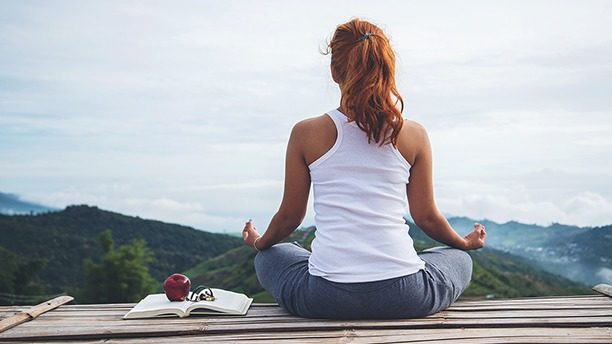
The art and practice of yoga promise many benefits to the practitioner, and the fruits of time spent on the mat are varied and innumerable. We experience these benefits in different degrees based on our dedication and commitment. Each of us has a gateway reason that initially brings us to the mat; typically, it’s something very broad like becoming more flexible or relieving stress. Inevitably over time, those reasons change, and the “get” from the practice becomes subtler, like raising consciousness or living more compassionately. No matter where you find yourself on the spectrum, there are tools that help to enhance the experience of Yoga, so the nectar of the practice is sweeter and more potent. Some of these tools require a hefty investment of time or resource and are therefore inaccessible to everyone, but other tools like the one we are talking about here are accessible to all. Journaling is a beautiful way to supplement and enhance your yoga practice—all you need is a pen, paper, and a few minutes of your day.
Why Journal?
Journaling is a simple sacred act that calls us to a place of exploration, curiosity, and revelation. You don’t have to be a professional writer to be a personal journalist. Writing helps to process and exfoliate the lives we lead and our thoughts about them. Journaling helps to strengthen the path for a deeper relationship with Self. This intimate art clears mental clutter and leaves a sense of spaciousness in its wake. It is detoxifying for the mind and cathartic for the heart. Journaling, unlike a lot of self-growth modalities, is relatively easy and doesn’t require a financial output. It necessitates no training, no physical capabilities, and there are no grades or performance criteria. It is one of the most open and forgiving therapeutic avenues available to us. The question should rather be: Why not journal? The benefits are limitless, and the outlay is small in comparison.
The Yoga/Journaling Connection
Yoga is so much more than movement; Yoga is the science of and relationship to the Self. The modern yogi doesn’t typically have time to devote all waking hours to the theory and practice of Yoga. We are blessed with such multifaceted lives that we tend to harbor boatloads of gunk that fog our ability to see and experience reality from a place of pure conscience. Because our human experience is so complex, having supplemental tools to support the yogic process is vital. Journaling is a beautiful and very personal way to expand upon our time on the mat. A yoga practice is full of “ah-ha” moments, and often, those precious nuggets of wisdom get lost because we roll up our mats and walk away without engaging with follow-up practices that give space to explore and provide roots for revelations.
Journaling 101
If you are new to journaling, the best way to get acquainted with the practice is by embarking on a daily stream of consciousness writing journey. This means that you sit down for five to fifteen minutes (or more!) and just write down what is flowing through your mind at that very moment. Don’t worry about punctuation, grammar, or making sense of anything; simply allow your thoughts to pour naturally through your hand to the paper. Don’t judge or choreograph the process; just write.

Writer’s Block
If you are finding that you sit down to journal, and nothing comes out simply be with the “nothingness.” Use it as an opportunity to meditate on the blockage. If you push past this place without recognizing it’s importance than you risk forfeiting some of the fertilizer that goes into the soil where you will eventually hope to grow. Everything exists for a reason, and we must honor what arises even if it feels unwelcome.





